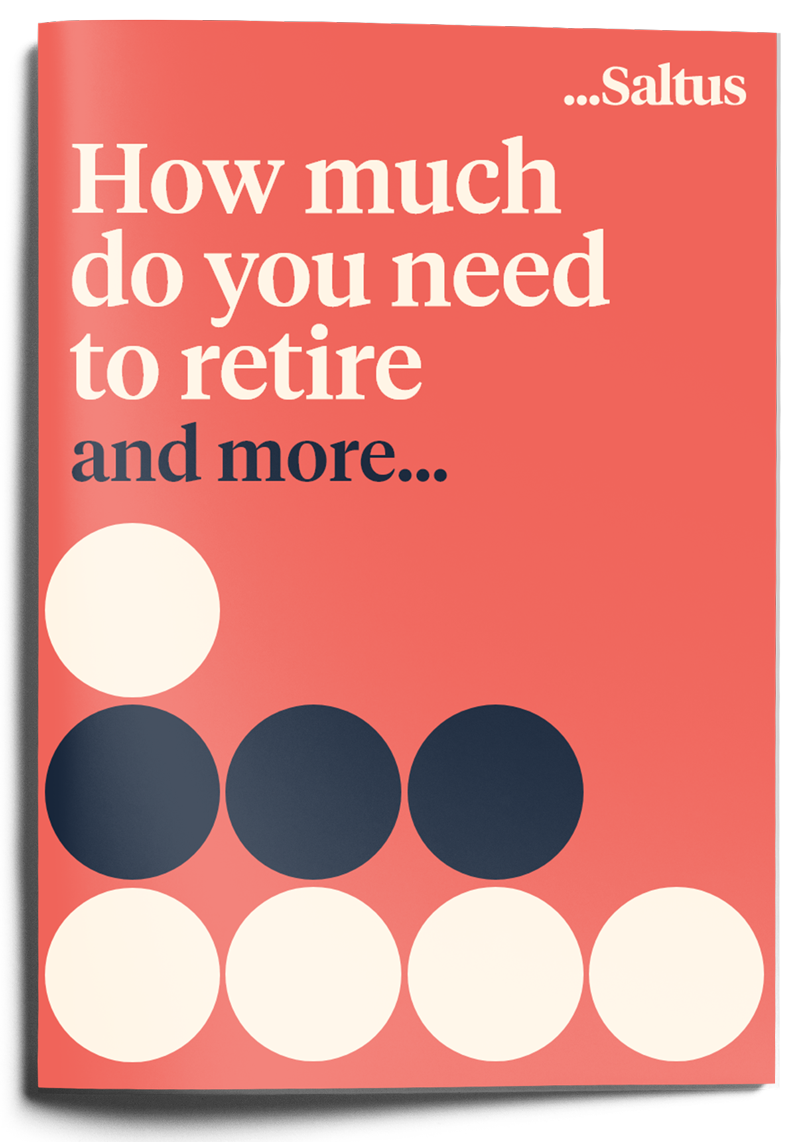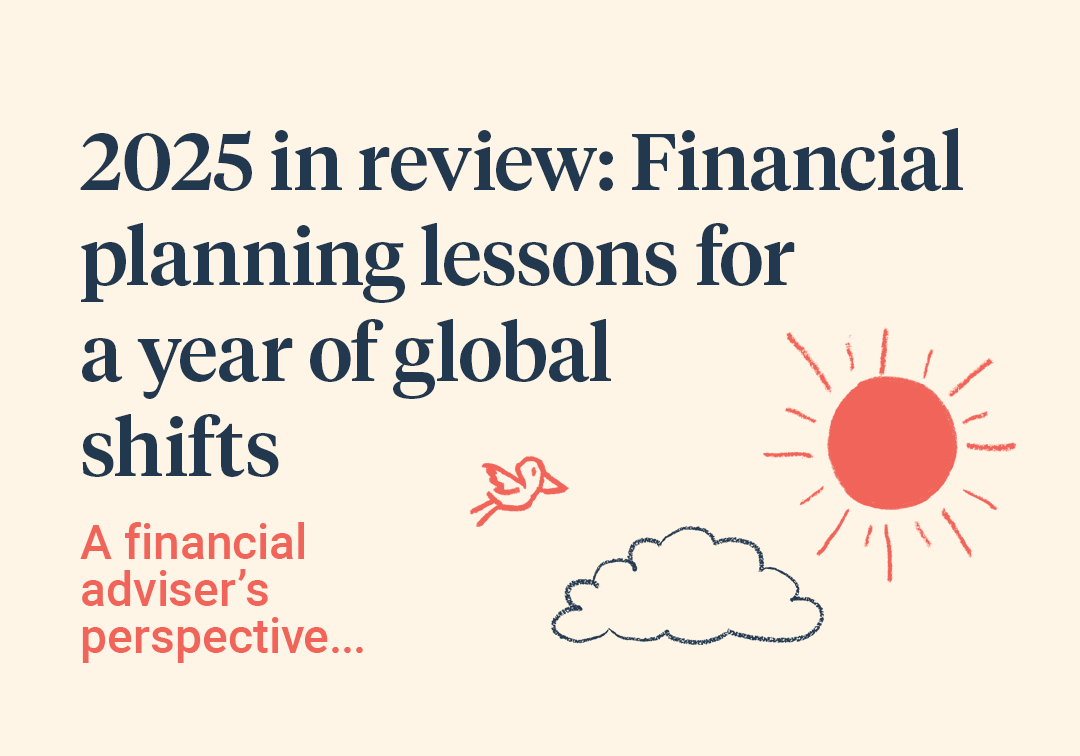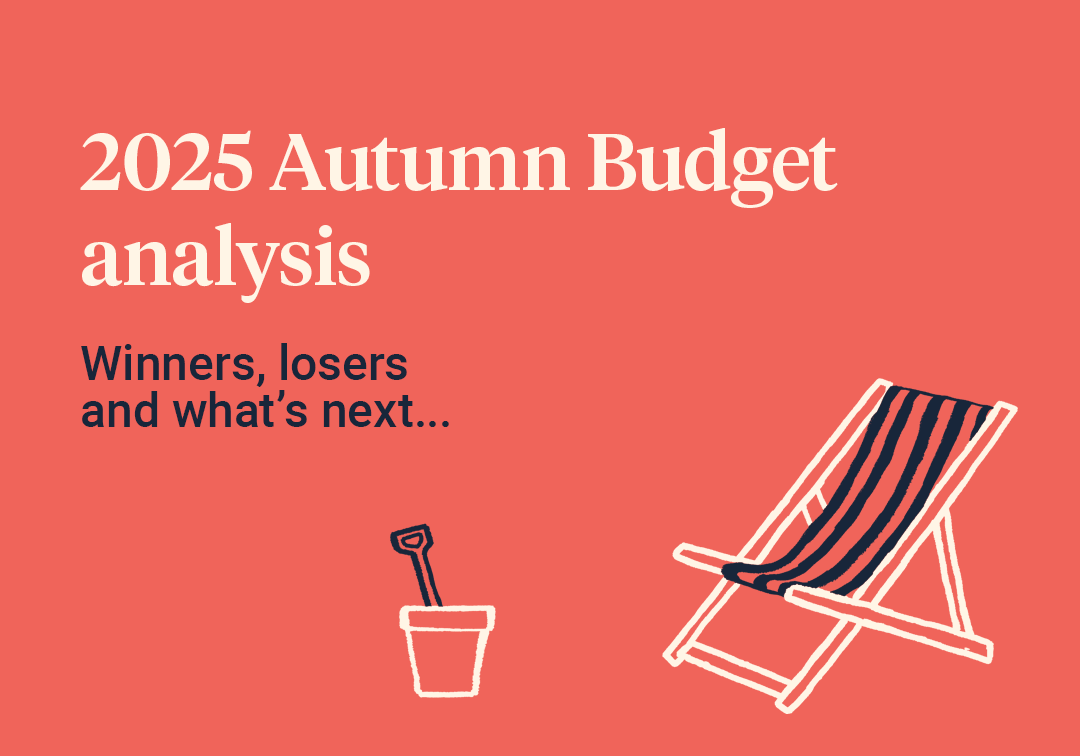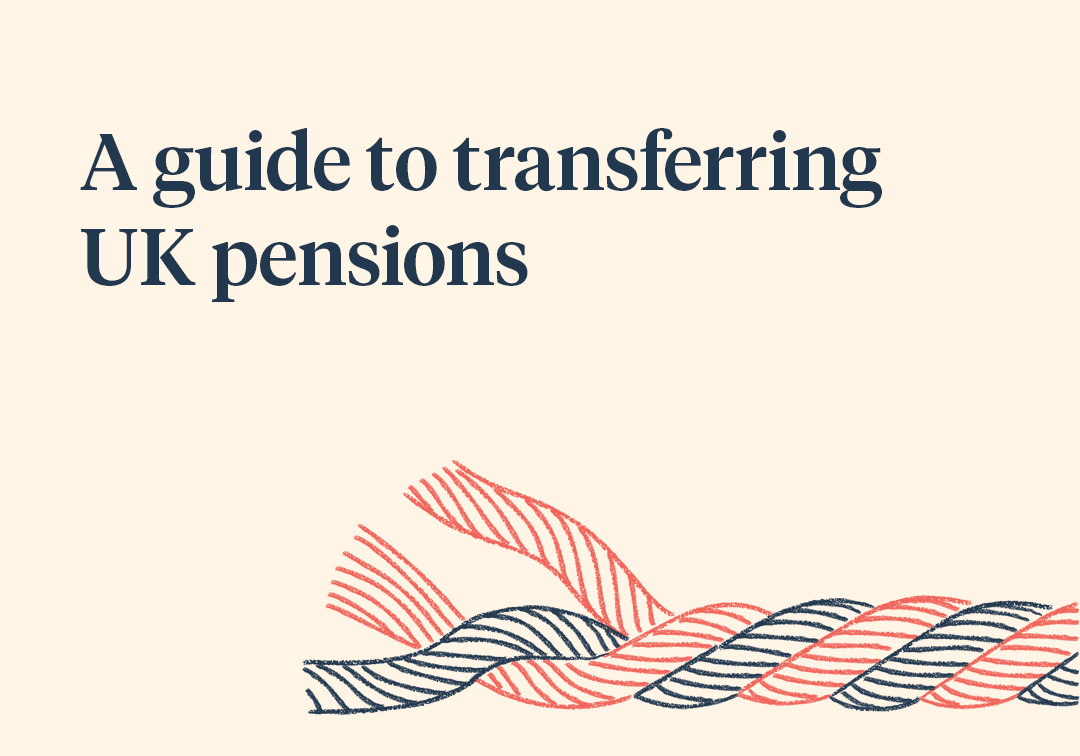Please note since the above video was filmed, the deadline has since been extended to the 5th of April 2025
Your state pension is a valuable thing – it’s currently protected by the triple lock, which means it should increase every year by the highest of three measures: average earnings, CPI inflation or 2.5%.[1] Consequently, the state pension for the 2023/24 tax year has increased by an astonishing 10.1% to just over £10,600 a year. This means that if you missed any years of National Insurance payments, you could be missing out on a potentially guaranteed income return of 33%. If this applies to you, it’s also worth noting that you only have until the 5th of April 2025 to rectify this.




